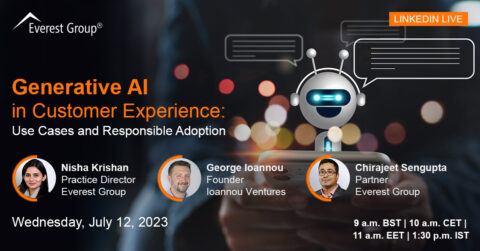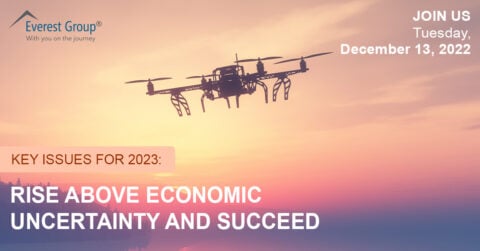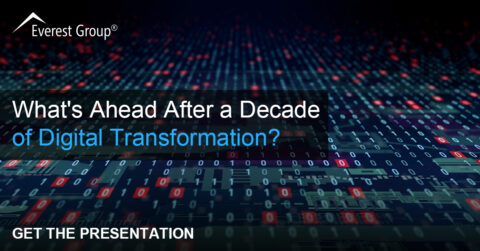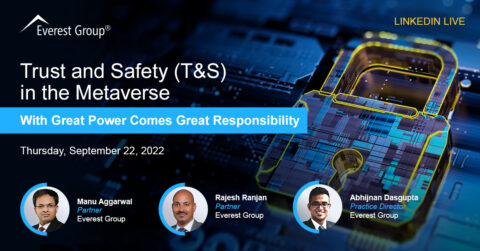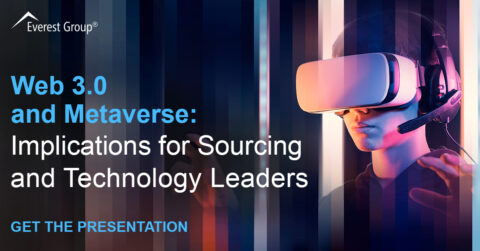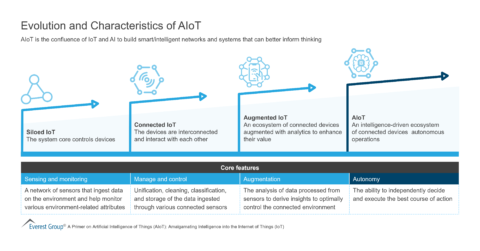Reimagine growth at Elevate – Dallas 2025. See the Agenda.
Filter
Displaying 1-10 of 69
Generative AI in Customer Experience: Use Cases and Responsible Adoption | LinkedIn Live
On-Demand LinkedIn Live
1 hour
Generative AI and ChatGPT: Separating Fact from Fiction | LinkedIn Live
On-Demand LinkedIn Live
1 hour
Key Issues for 2023: Rise Above Economic Uncertainty and Succeed | Webinar
On-demand Webinar
1 hour
Trust and Safety (T&S) in the Metaverse | With Great Power Comes Great Responsibility
On-Demand LinkedIn Live
1 hour
Web 3.0 and Metaverse: Implications for Sourcing and Technology Leaders | Webinar
On-demand Webinar
1 hour
